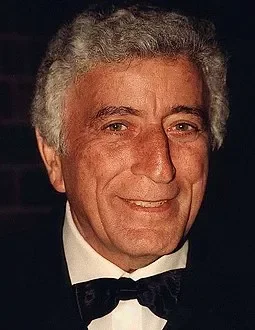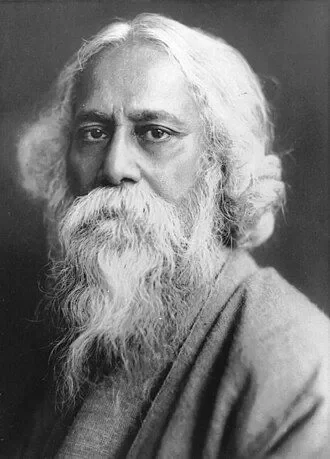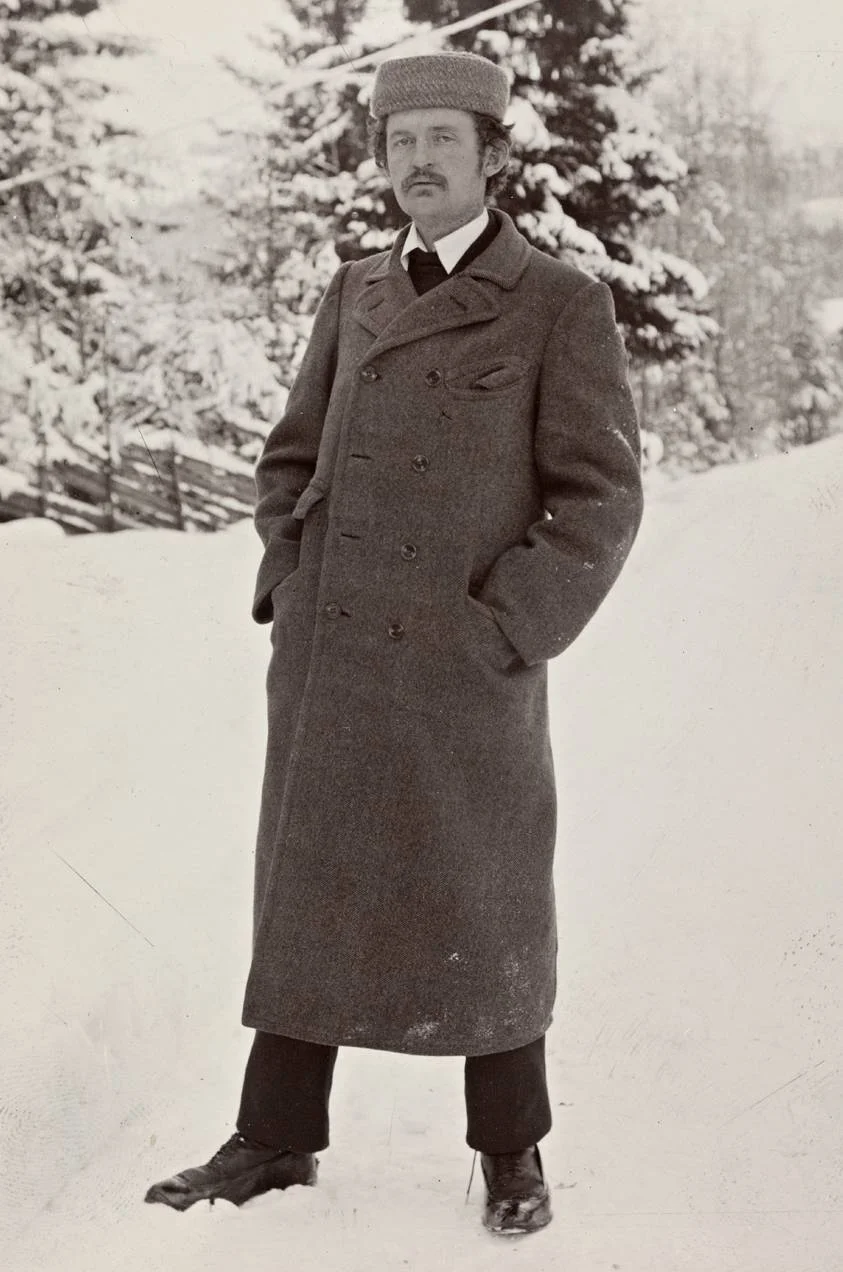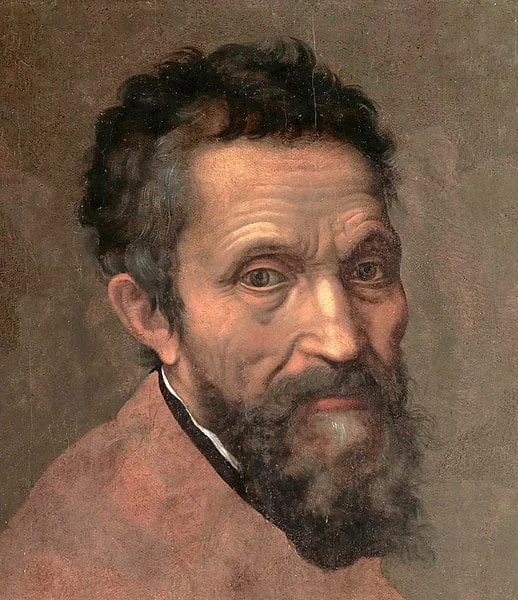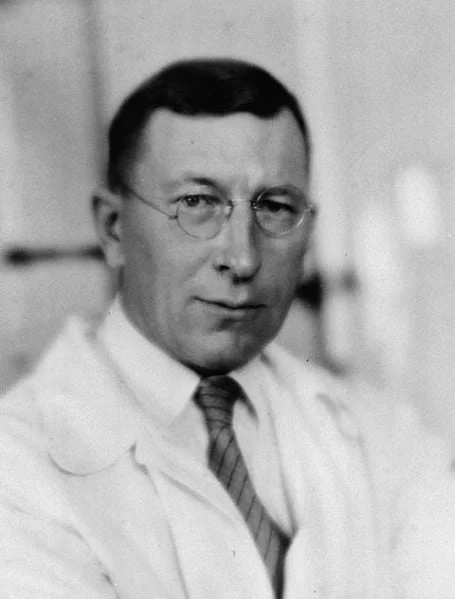Real Celebrities Never Die!
OR
Search For Past Celebrities Whose Birthday You Share

source:wikipedia.org
Lucian Freud
Birthday:
08 Dec, 1922
Date of Death:
20 Jul, 2011
Cause of death:
Unknown
Nationality:
British
Famous As:
Draughtsman
Age at the time of death:
88
Early Life and Background
Lucian Freud, born on December 8, 1922, in Berlin, Germany, emerged as one of the preeminent figurative painters of the 20th century, renowned for his penetrating portraits and distinctive approach to realism. The grandson of Sigmund Freud, the founder of psychoanalysis, Lucian Freud’s early life was shaped by the tumultuous events of his time.
Migration to England
In 1933, with the rise of Nazism, Freud’s family sought refuge in England, marking a pivotal moment in his life. This forced migration became a defining chapter, as he navigated a new cultural landscape. Despite the challenges, it was in England that Freud’s artistic journey began to unfold.
Early Artistic Education
Freud’s early artistic education took place at the Central School of Art in London, followed by the East Anglian School of Painting and Drawing in Dedham. His early works exhibited a fascination with Surrealism, a movement that captivated many artists during the 1930s and 1940s. However, Freud gradually transitioned away from Surrealism, developing a more grounded and realistic style that would later become his signature.
Transition to Realism and the School of London
The 1950s marked a significant turning point in Freud’s career. He became associated with the School of London, a group of artists that included Francis Bacon and Frank Auerbach. During this period, Freud’s mature style began to crystallize, characterized by thick impasto, meticulous brushwork, and an unflinching exploration of the human form.
Breakthrough with “Girl with a White Dog”
A breakthrough moment for Lucian Freud came with his painting “Girl with a White Dog” (1950-1951), signaling the emergence of his distinctive style. This period also saw the artist focusing on portraiture, a genre that would become central to his oeuvre. Freud’s portraits were characterized by an intense and psychologically charged scrutiny of his subjects, often acquaintances, family members, or friends.
Commitment to Realism and Portraiture
Freud’s commitment to realism was striking. He spent extended periods with his subjects, observing and capturing their nuances. This dedication resulted in a body of work that laid bare the complexities of human existence. Notable paintings from this period include “Benefits Supervisor Sleeping” (1995), a portrait of Sue Tilley that sold at auction for a record-breaking price, underscoring Freud’s impact on the art market.
Experimentation with Mediums
The 1960s saw Freud experimenting with different mediums, including etchings, expanding the breadth of his artistic expression. His works during this time continued to delve into the intricacies of the human body, emphasizing the vulnerability and rawness of his subjects.
Personal Life and Relationships
Freud’s personal life was marked by a certain level of reclusiveness. Despite his association with high-profile figures like Francis Bacon, Freud preferred the solitude of his studio. His relationships, often tumultuous, found reflection in his art. His professional and personal connection with Sue Tilley, for instance, resulted in some of his most iconic works.
Lucian Freud's Quote's
Accolades and Recognition
In recognition of his contributions to art, Freud received numerous accolades, including the Companion of Honour in 1983 and the Order of Merit in 1993. His works were showcased in major retrospectives at prestigious institutions, including the Tate Gallery in London and the Metropolitan Museum of Art in New York.
Legacy
Lucian Freud passed away on July 20, 2011, in London, leaving behind a profound artistic legacy. His ability to capture the essence of humanity, coupled with technical mastery, secured his place as a towering figure in the art world. Freud’s paintings continue to resonate, inviting viewers into a world where the raw and unidealized aspects of the human experience are laid bare.
Name:
Lucian Freud
Popular Name:
Lucian Freud
Gender:
Male
Cause of Death:
Unknown
Spouse:
Place of Birth:
Berlin, Germany
Place of Death:
London, England
Occupation / Profession:
Personality Type
Advocate: Quiet and mystical, yet very inspiring and tireless idealists. He never hesitated to take on difficult tasks to attain his aspirations.
Freud was known for his meticulous and time-consuming approach to painting. His portrait sessions were often extended, lasting for several months.
Despite his fame, Freud was known for his private and reclusive nature. He avoided public appearances and media attention, preferring to let his art speak for itself.
Freud painted a series of self-portraits throughout his career, providing a visual chronicle of his aging process.
Companion of Honour
Order of Merit
